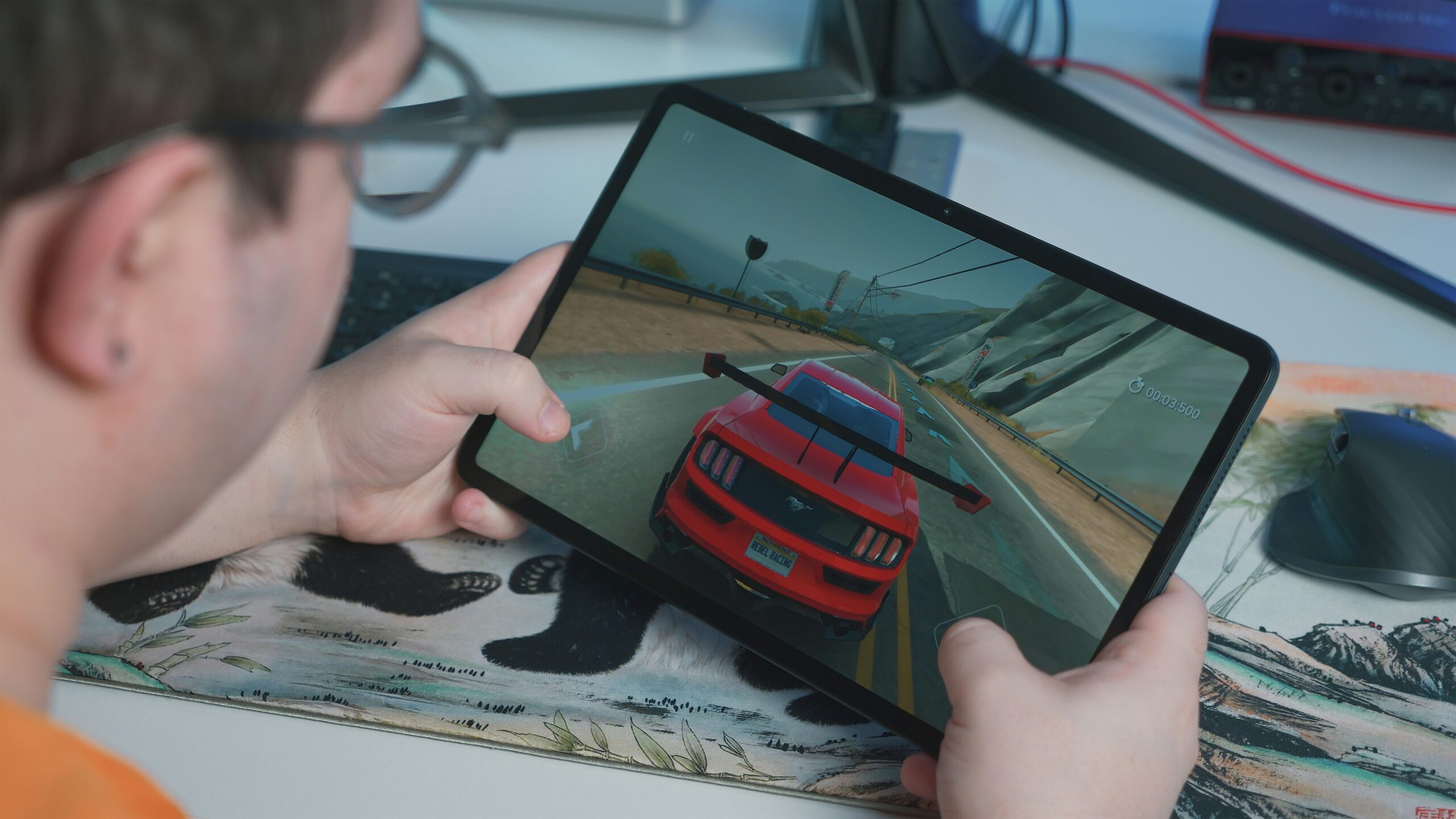In today’s digital age, the excess and overuse of mobiles and gadgets have become an increasingly prevalent issue. While these devices offer convenience and connectivity, their overuse can lead to significant health and lifestyle problems. Understanding the potential risks is crucial for managing technology use and promoting a healthier, more balanced lifestyle.
1. Increased Risk of Digital Eye Strain
Excessive use of mobiles and gadgets can strain your eyes.
- Symptoms: Dry eyes, blurred vision, headaches.
- Prevention: Follow the 20-20-20 rule—every 20 minutes, look at something 20 feet away for at least 20 seconds.
2. Negative Impact on Sleep Quality
Using mobiles and gadgets before bed can disrupt sleep patterns.
- Blue light exposure: Suppresses melatonin production.
- Sleep hygiene tips: Avoid screens at least one hour before bedtime; use night mode on devices.
3. Increased Risk of Physical Health Issues
Prolonged use of gadgets can lead to various physical health problems.
- Poor posture: Leads to back, neck, and shoulder pain.
- Sedentary lifestyle: Contributes to obesity, heart disease, and other chronic conditions.
- Prevention: Take regular breaks, engage in physical activities, and maintain good posture.
4. Mental Health Concerns
Excess and overuse of mobiles and gadgets can affect mental health.
- Anxiety and depression: Linked to excessive social media use.
- Digital detox: Take regular breaks from screens to improve mental well-being.
5. Impact on Social Skills and Relationships
Over-reliance on gadgets can harm interpersonal relationships.
- Reduced face-to-face interactions: Leads to weaker social bonds.
- Quality time: Prioritize in-person interactions and family time without screens.
6. Decreased Attention Span and Productivity
Constant use of mobiles and gadgets can affect concentration and productivity.
- Multitasking myth: Switching between tasks reduces efficiency.
- Focus techniques: Use time management strategies like the Pomodoro Technique to improve focus.
7. Increased Risk of Addiction
Mobiles and gadgets can be addictive, especially for young users.
- Behavioral addiction: Similar to substance addiction in terms of brain response.
- Management: Set usage limits and encourage offline activities.
8. Developmental Issues in Children
Children are particularly vulnerable to the effects of excessive gadget use.
- Cognitive and social development: Can be hindered by too much screen time.
- Guidelines: Follow age-appropriate screen time recommendations from health experts.
9. Potential for Cyberbullying and Online Risks
Excessive online presence increases the risk of cyberbullying and exposure to harmful content.
- Safety measures: Educate children about online safety and monitor their internet use.
10. Financial Implications
The obsession with the latest gadgets can lead to unnecessary financial strain.
- Frequent upgrades: Result in significant expenditure.
- Budgeting tips: Consider the necessity of upgrades and prioritize essential expenses.
Conclusion
The excess and overuse of mobiles and gadgets pose several alarming risks to both physical and mental health. By understanding these dangers, we can take proactive steps to manage our technology use effectively. Implementing healthy habits, setting boundaries, and prioritizing offline activities can help mitigate these risks and lead to a more balanced and fulfilling life.
FAQs
1. How can I reduce my screen time effectively?
Start by setting specific time limits for device use, take regular breaks, and engage in offline activities like reading or exercising.
2. What is the 20-20-20 rule?
The 20-20-20 rule suggests that for every 20 minutes of screen time, you should look at something 20 feet away for at least 20 seconds to reduce eye strain.
3. How does blue light affect sleep?
Blue light from screens suppresses melatonin production, making it harder to fall asleep. Reducing screen time before bed can help improve sleep quality.
4. What are some signs of gadget addiction?
Signs include feeling anxious without the device, neglecting responsibilities, and spending excessive time on screens despite negative consequences.
5. How can I help my child reduce screen time?
Set clear rules and guidelines for screen use, encourage outdoor and offline activities, and lead by example by limiting your own screen time.




